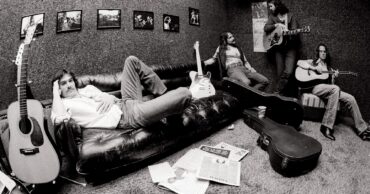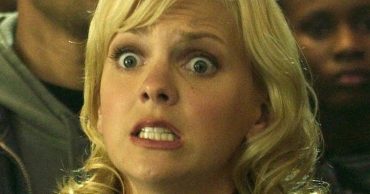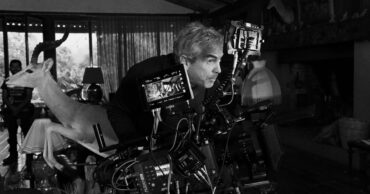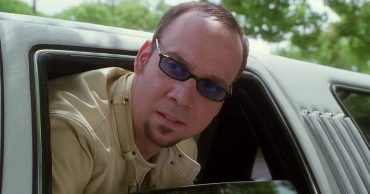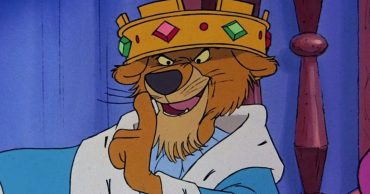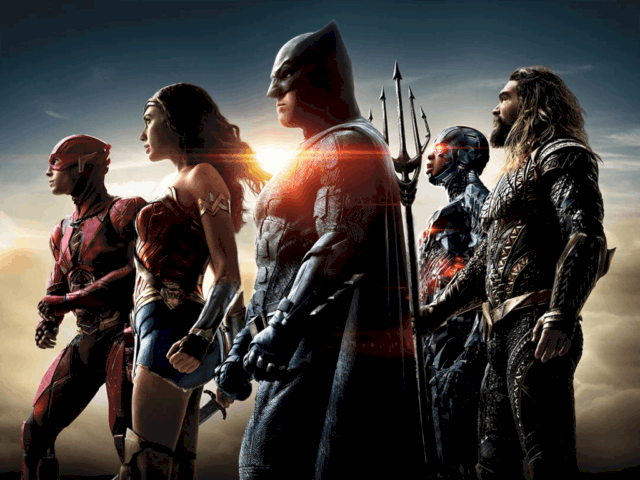
Believe me when I say that I don’t want to constantly be down on the DCEU. I want to enjoy these movies every bit as much as I do the Marvel ones. I want to look forward to these movies the same way that I looked forward to Batman Begins and The Dark Knight. I just can’t help, however, it when everything leading up to the DCEU’s biggest movie to date has done nothing to instill confidence in the product being released to theaters in less than a month.
DC recently revealed the runtime for Justice League and for virtually any other blockbuster this would have been an absolute non-story. It’s sometimes interesting to see just how long or short the latest must-see studio movie is, but other than a passing curiosity, it reveals nothing of substance of the movie.
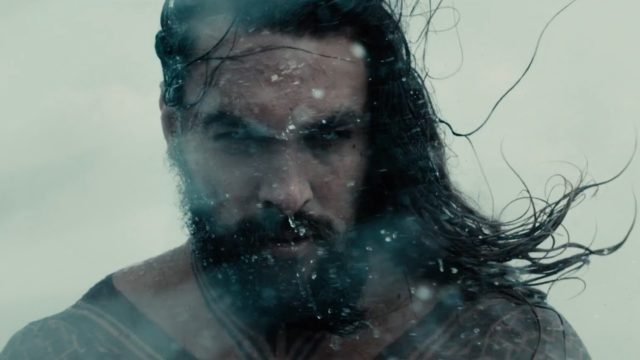
The one exception to this, however, is when a studio decides to write a movie off as a lost investment. Whenever a particularly troubled movie is given a “lean” or “focused” run time, that tends to be industry speak for being cut down to the marrow in order to cram as many screenings of it as possible into a theater’s daily schedule: maximizing profit by squeezing in as many showings as is humanly possible.
And more so than any other blockbuster in recent memory — even Geostorm, which was delayed for years so that studio executives could rework the allegedly unwatchable movie into something even remotely watchable — Justice League has had a troubled production. Except for Wonder Woman, an essentially unconnected prequel that was a major departure from the standard DCEU movie, every preceding film has been universally terrible. An early cut of the film was so decidedly unwatchable that Warner Bros mandated multiple rounds of reshoots: the last of these costing $25 million and bringing on a replacement director.
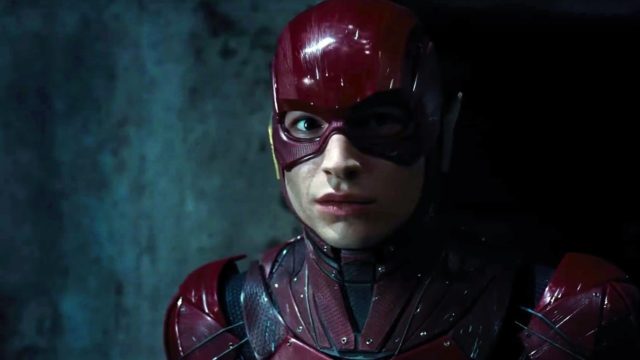
By all accounts, the movie was built from the ground up in these eleventh hour reshoots, which reworked everything from basic plot points, underlying characterization and even the basic tone of the film. Even the most recent trailers for the movie have looked Godawful: unfinished, unfocused, obviously stitched-together amalgamations of old and new footage that was clearly still being worked over in post-production. Ahead of its release, Warner Bros has canceled its previously planned “Part 2,” has announced their intention to focus on non-canonical, stand-alone DC movies and are even teasing a reboot of their short-lived franchise with the upcoming Flashpoint movie.
So when Warner Bros announced that Justice League is going to be a scant 121 minutes long, anybody who had followed its production with any degree of interest gave out a collective, exasperated sigh. This is exactly what a studio cutting their losses looks like. This is what a studio prioritizing number of screenings over the temporal needs of their movie looks like.
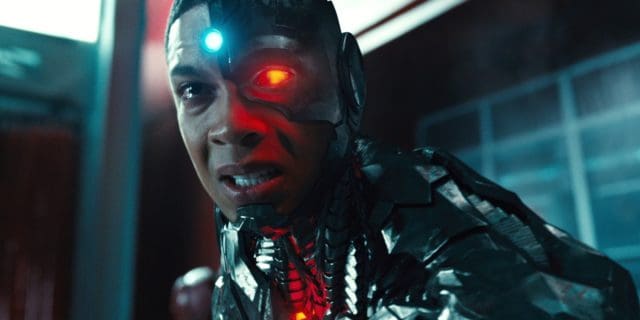
The obvious comparison is to The Avengers. That movie was the culmination of Marvel’s Phase 1 of movies. Every member of the titular team had already been introduced in a previous movie, four in their own solo movies that explored their origins and laid out their initial character arc. We’d seen the villain before as well as all of the supporting characters. All of these carefully laid elements were brought together in a wham-bang crossover extravaganza directed by Joss Whedon (who, incidentally, replaced Zack Snyder on those final rounds of Justice League reshoots).
That movie was nearly a half hour longer than Justice League. Of the league members showing up in DC’s upcoming movie — Batman, Wonder Woman, Flash, Cyborg and Aquaman — more than half have only appeared in a “blink and you’ll miss it” cameo in Batman v Superman, never mind their own movie. Each looks to be bringing along their own entourage of support characters that we’ve yet to meet on the big screen. We’ve never even met the villain of the piece, Steppenwolf, before.
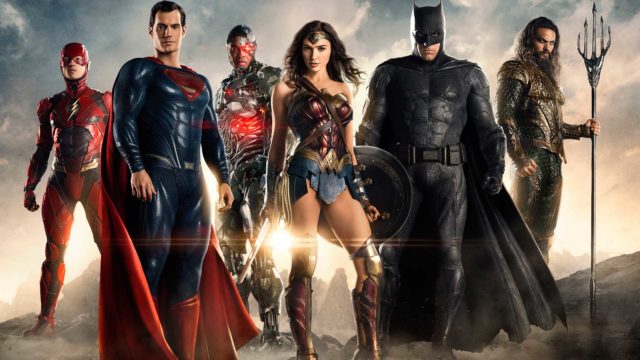
So in less time and with a far more troubled production than its obvious, across-the-aisle competition, it aims to not just unite the same kind of disparate heroes into a cohesive team, but introduce more than half of them, their supporting casts and their chief antagonist at the same time. I’m sorry, but I’m not buying it. Even Warner Bros. doesn’t have any faith in this thing.
 Follow Us
Follow Us

